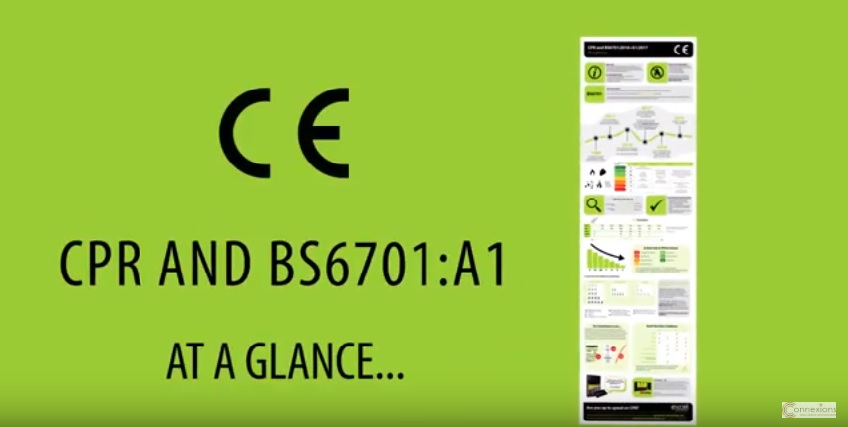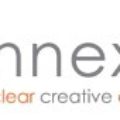If you want to realise the benefits outlined here and make new ways of working a reality, powerful data services are a must. If your business is going to successfully build its operational model around cloud services and applications, it needs the connectivity to support that.
To ensure you choose the right data services for your business, the types of cloud applications being used should be considered. For example, are you planning to have capabilities such as voice delivered over the internet? Poor quality connectivity used for VoIP can result in low call quality or even call loss. When a customer is contacting your business, this could be the difference between a profitable sale and harmful lost revenue.
The same goes for cloud-based business applications or data storage. Throttled connections to a cloud CRM system
could lead to failure in processing customer orders. While an inability to access business data stored in the cloud could bring an entire organisation to a standstill. Having the right connectivity solution that suits the needs of your business is crucial.





